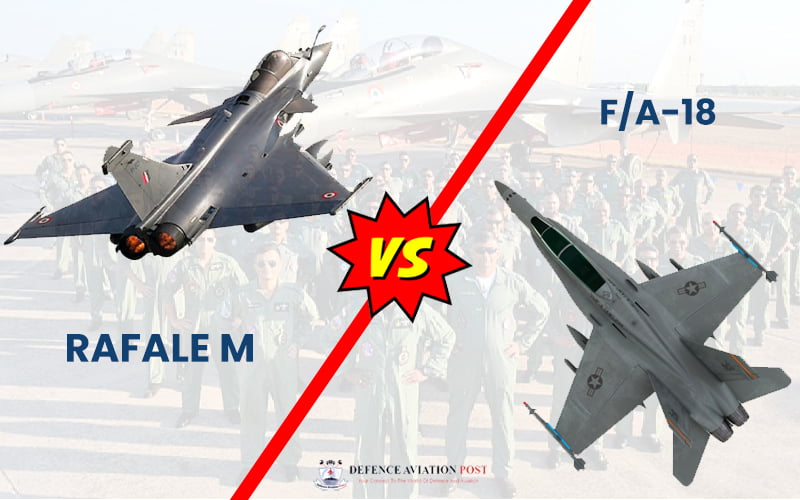After INS Viraat was decommissioned in 2017, the Indian Navy’s naval air capabilities were solely reliant on the aircraft carrier INS Vikramaditya, which had been acquired by Russia [under the name Admiral Gorchkov] and had been remodelled by the Indian naval industry, not without difficulty, in 2013.
The INS Vikrant, however, was formally given to the Indian Navy by the Indian company Cochin Shipyard Limited on July 28, giving the Indian Navy back two aircraft carriers. The cost of this ship is approximately 2.8 billion euros ($2.85 billion), according to the Indian news.
Recall that the first aircraft carrier created by India was INS Vikrant. Construction on the project started in 2009 and encountered numerous issues, risks, and roadblocks. It was initially planned to arrive in the latter part of 2010. Due to supply issues with certain equipment ordered from Russia [although 75% of its components are of Indian origin – ed] and the Covid-related health measures 19 pandemic, that deadline had to be postponed.
INS Vikrant, which has a displacement of about 40,000 tonnes, a length of 262 metres, and a beam of 60 metres, is configured as a STOBAR, meaning it has a springboard to enable its carrier planes to take off. It can carry about thirty aircraft, including 26 MiG-29K fighters, and has a top speed of 28 knots (cruising speed is 18 knots) thanks to four General Electric LM2500+ gas engines.
The Indian Navy is seeking another carrier-based fighter-bomber compatible with the INS cockpit Vikrant due to the hope of having a third aircraft carrier in CATOBAR configuration [with catapults and restraints] in the future and the MiG-29K failing to meet it. Hence the evaluations of the Boeing F/A-18 Super Hornet and Dassault Aviation Rafale M at the INS Hansa Naval Base in Goa.
The difficult part was proving that these two types of aircraft could take off in various configurations from springboard-equipped runways. When the Rafale M was tested in January of last year, Dassault Aviation chose to be cautious, but Boeing rushed to announce the arrival of the F/A-18 Super Hornet.
It is now up to the Indian Navy to make a decision. Each offer has distinct advantages and disadvantages… Therefore, the Indian Air Force’s 36 Rafale B/Cs could be a benefit, particularly in terms of MCO (maintenance in operating condition), the provision of spare parts, and training.
On the other hand, the HAL Tejas, an Indian fighter jet, is powered by General Electric F404 engines, which are installed in the F/A-18 Super Hornet. However, political factors will frequently take precedence over technical ones in this type of firm.
